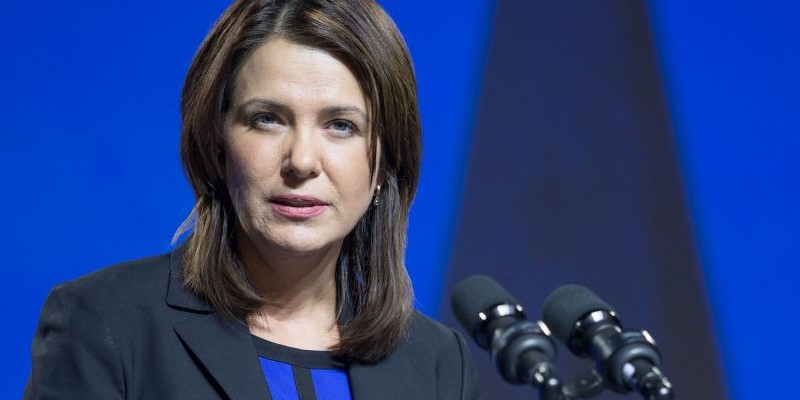Alberta government would run large deficit without historically high resource revenue

The Smith government recently wrapped up public consultations on its next budget, which it will table next month. But beyond individual line items in the budget, Albertans should understand why the province’s finances remain in a perilous position.
The Alberta government collects resource revenue, which includes oil and gas royalties, from its abundant natural resources. This revenue source is volatile, however, because it depends on factors outside the government’s control (oil prices, for example). Unfortunately, the Smith government is making the same mistake as past Alberta governments by relying too much on this volatile source of revenue.
Indeed, while the Alberta government is currently enjoying a period of budget surpluses, if not for historically high resource revenue, Alberta would run a large budget deficit this year. If the Smith government wants to truly stabilize provincial finances in the upcoming budget, it must more closely align spending levels with ongoing stable levels of revenue rather than spikes of resource revenue.
Again, successive governments in Alberta have followed a familiar pattern. During periods of high resource revenue the government increases spending but does not commensurately reduce spending when resource revenue declines. As a result, the government runs deficits and accumulates debt.
For perspective, according to government projections, resource revenue will average $16.2 billion over the next three fiscal years (inflation-adjusted) but has been much lower in the recent past (for example, only $3.1 billion in 2015/16, after adjusting for inflation). Such big swings in resource revenue, fuelled by changes in commodity prices, can have a big impact on Alberta’s budget. And while right now high resource revenue is benefiting Alberta, the province’s fiscal fortunes could change at any moment.
To better understand the risk, a new study estimates Alberta’s budgetary balance if resource revenue, rather than being at historically high levels, was at its average level based on the past two decades. Under this scenario, the Alberta government would collect $9.3 billion in resource revenue in 2023/24 and the $5.5 billion projected surplus would immediately flip to a $4.8 billion deficit. The province would similarly incur large budget deficits in 2024/25 and 2025/26. And consequently, the Alberta government would accumulate an additional $25.9 billion in net debt (total debt minus financial assets) by 2025/26—that’s $5,000 in additional debt per Albertan.
Just like Albertans must pay interest on their mortgage or car loan, Albertans must also pay interest on government debt. Considering provincial debt interest payments are already approaching $700 annually per Albertan, that’s a big problem. Remember, every dollar that goes towards debt repayment is a dollar unavailable for important services such as health care, education or even tax relief.
Once again, by relying on onetime windfalls of resource revenue to finance high spending levels, the government is walking on thin ice and may fall back into deficit when those revenues inevitably decline. In the upcoming budget, to avoid deficits and debt accumulation, the Smith government should rein in spending to more closely align with ongoing stable levels of revenue. Or else Albertans will wind up paying for the same old pattern of high spending and debt.

